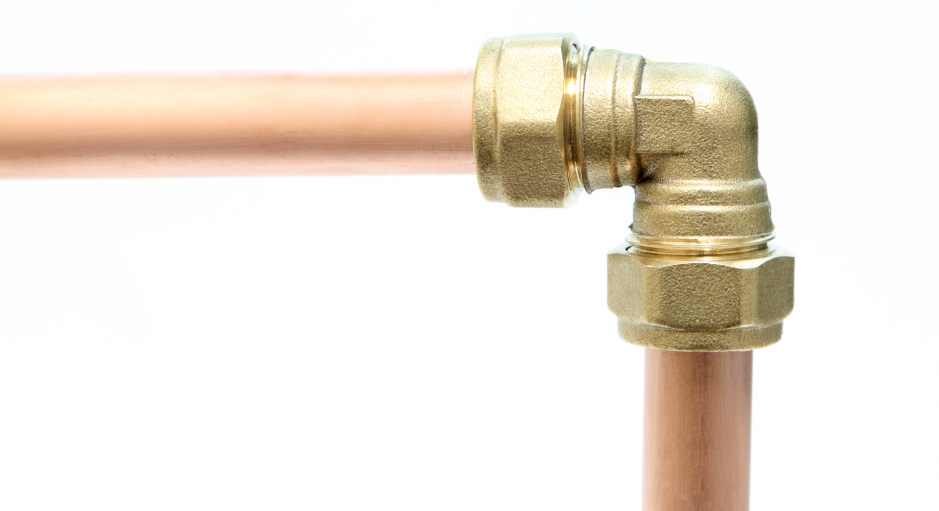How to Green Your Plumbing

Are you trying to go green with your plumbing? Well, you deserve an “E” for effort. However, even if you have a solar thermal array pumping hot water into your recycled copper sink, there’s likely room for your plumbing connections and water usage to become even more environmentally friendly. Find out how to choose the best eco-friendly plumbing pipes; then change your plumbing purchases and household habits to maximize savings on water and energy.
Compare Plumbing Pipe Materials
PVC (polyvinyl chloride) is the most widely used plumbing pipe material today, followed by iron, copper, and ABS (acrylonitrile-butadiene-styrene), another common type of plastic used in drainage pipes. New polyethylene and polypropylene products are more eco-friendly but less widely available. How do all these compare in terms of materials, energy inputs, and lifespan?
- Iron and copper
Metal pipes often contain high levels of recycled content, and are easily recycled, in turn. The production of even recycled metal pipes is energy-intensive, though. Melting and forming copper and iron products at extreme temperatures consumes more energy than the manufacturing process for plastic pipes.
Metal pipes are stronger and more crack-resistant, but they also corrode faster, adding potentially dangerous residues to water. Werea KIMAB, a European corrosion and metals research institute, estimates iron drainpipes have a 50-year lifespan. However, epoxy pipe linings, while adding as much as 50 years of life to metal pipes, also improve the water quality by adding a barrier between the water and corroding metal.
- PVC
Hard plastics are made largely with raw petroleum-based chemicals, and most discarded pipes end up adding to our overflowing landfills. Although some PVC products can be recycled, the process is expensive and the market demand is low because virgin PVC is cheap. However, environmental costs may be high. Greenpeace and other environmental groups oppose all use of PVC, which they say emits possibly harmful chemicals throughout production, use, and disposal. The Uni-Bell PVC Pipe Association estimates PVC pipes will last 100 years under normal conditions if properly installed.
- Other plastics
Polyethylene and polypropylene are generally less toxic than PVC. Aquatherm, a German company, makes polypropylene pipes that are listed as Greenpeace International's only "future-friendly" plumbing product. These alternative plastics are more easily recycled, even though most currently available products do not have recycled content -- and they need to be replaced sooner than PVC or lined iron. Aquatherm claims a 50-year lifespan for its pipes.
Save Energy, Not Plastic
Eco-conscious consumers should also focus on saving both energy and water. Regularly check for leaky pipes, and shop for low-flow showerheads, dual-flush toilets and water-restricting aerators. Homeowners can also find ways to reduce hot water usage and reuse "gray" wastewater if possible. Hire a reliable, knowledgeable plumber to repair your system and install new pipes or fixtures as necessary.
Wrap the Pipes
Finally, no matter which type of pipe you decide to use, hot and cold water pipes should be insulated wherever possible. Pipe insulation is cheap and easy to install. Simply wrap pre-slit polyethylene and neoprene foam tubes around the pipes, then tape or clamp them shut. Foam pipe insulators are estimated to cut heat loss by up to 80 percent, and they keep cold water pipes from sweating. They can raise water temperatures four degrees, allowing a lower, more energy-efficient setting on water heaters.
Updated March 19, 2018.
Looking for a Pro? Call us (866) 441-6648

Plumbing Average Costs
Plumbers Experiences

Toilet Repair By A Plumber I Knew Was The Right One For Us

Do Your Homework Before You Have A New Water Heater Installed



